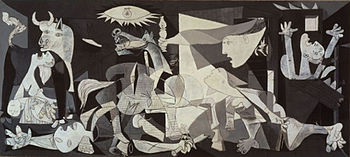 Format read: ebook provided by the publisher via Edelweiss
Format read: ebook provided by the publisher via EdelweissFormats available: hardcover, ebook, audiobook
Genre: historical fiction
Length: 320 pages
Publisher: Harper
Date Released: April 14, 2015
Purchasing Info: Author’s Website, Publisher’s Website, Goodreads, Amazon, Barnes & Noble, Kobo, Book Depository
At the turn of the nineteenth-century, Frank Leong, a fabulously wealthy shipping industrialist, moves his family from China to the island of Oahu. But something ancient follows the Leongs to Hawaii, haunting them. The parable of the red string of fate, the cord which binds one intended beloved to her perfect match, also punishes for mistakes in love, passing a destructive knot down the family line.
When Frank is murdered, his family is thrown into a perilous downward spiral. Left to rebuild in their patriarch’s shadow, the surviving members of the Leong family try their hand at a new, ordinary life, vowing to bury their gilded past. Still, the island continues to whisper—fragmented pieces of truth and chatter, until a letter arrives two decades later, carrying a confession that shatters the family even further.
Now the Leong’s survival rests with young Theresa, Frank Leong’s only grandchild, eighteen and pregnant, the heir apparent to her ancestors’ punishing knots.
Told through the eyes of the Leong’s secret-keeping daughters and wives and spanning The Boxer Rebellion to Pearl Harbor to 1960s Hawaii, Diamond Head is a breathtakingly powerful tale of tragic love, shocking lies, poignant compromise, aching loss, heroic acts of sacrifice and, miraculous hope.
My Review:
This is a story of contradictions. On the one hand, not a lot happens, well at least not in the present. In the present of the novel, in the early 1960s, the entire story is wrapped around the funeral of Bohai Leong.
But during those few hours, the entire span of the past is revealed – not just Bohai’s own past, but the past of his entire family, from his father’s marriage and eventual decision to emigrate to Hawaii just before the start of WWII, to his wife’s contract with his mother to his daughter’s unplanned pregnancy.
All the events revolve around one quiet man who never talked much but seems to have exuded a quiet and unexpected strength.
It feels like this is a story about family secrets – both the ones that families tell and the ones that are deemed to be too dangerous to reveal. It is also about the effect those secrets have on the ones that come after them, whether they are revealed or not.
Especially, perhaps, when they are not.
While it is daughter Theresa’s perspective that we see in the present, in the past we see every hidden story come to light, especially the inner stories that belong to the women in the family – her great-aunt Hong; Lin, her formerly indomitable grandmother who is now nearly senile, or at least broken; and her mother Amy, who she feels is a fraud.
Possibly they all were.
In China, wealthy Frank Leong rescued a girl who was being abused by her father. He took her from a life of severe beatings and vile servitude, and married her. He rescued her because his father had done the same thing to him, and because he felt she was his soul mate.
Maybe she was, but Frank had two other wives before Lin, and they were both still alive. He was even still supporting his children. He just never told Lin. The house of cards of his life collapsed when he died suddenly, and by that time Amy had become involved.
Just as Frank rescued Lin, Lin felt the need to rescue Amy, because Amy could solve her own dilemma. Lin had two sons, Bohai and Kaipo. But Bohai wasn’t hers, except in law and in her heart. She bought a concubine for her husband in China. The girl died after childbirth, leaving behind a little boy who was never quite normal, but wasn’t completely abnormal either.
Today we might say that Bohai was autistic, although from the descriptions of his behavior, I’m not sure that is the real case. He was certainly quiet and withdrawn, and Lin thought he might never come out of himself enough to marry.
She made a bargain with Amy, a poor girl from the wrong side of the tracks in Honolulu, but who was both beautiful and Chinese. Lin rescued Amy from her life of poverty, and Amy married Bohai.
But Amy never forgot the love she left behind in order to secure her family’s future. And he never forgot her.
As Bohai’s funeral progresses to its final concluding shovels of earth, we see each generation of the Leong family’s women, how they have kept both secrets from each other, and faith with each other. Theresa’s self-righteous anger at what she sees as her mother’s lies is just one more link of secrets in the chain that binds them all.
Escape Rating A-: Every family has secrets. It has stories that are only told inside the family, and those stories are part of what binds the family together. When those secrets are not revealed, they can often be the spark that explodes them apart.
Part of the universality of this story is that all families have secrets that pass their effects on from one generation to another. Mine certainly did. Perhaps yours does too.
Amy’s secrets are the catalyst in this story, but we don’t find that out until the end. Some of those secrets are ones that she kept, and some are secrets that were kept from her. The biggest secret that she seems to have kept, both from herself and from her late husband, is that in spite of everything, in spite of all her regrets and his mother’s machinations and his own quiet and withdrawn nature, she really did love him. Unlike Bohai, however, Amy was never able to express it. And that seems to have been the greatest tragedy of all.
Frank’s secrets were the most destructive. Like so many hard-driving, hard-charging men, Frank thought that he would live forever. Or, he knew that the only way the mess of his life would come to light would be in the wake of his death, so he’d be out of the picture. He took care of every business but his own family, and the cataclysm nearly destroyed them all. It certainly destroyed Lin.
But it’s that pattern of secret-keeping that seems to be the tie that binds. No one is ever told all the stories, no matter how much they still matter in the present.
As each layer is peeled back, the reader dives deeper in the past, and becomes more a part of this one family. They may be flawed, but they are also compelling.


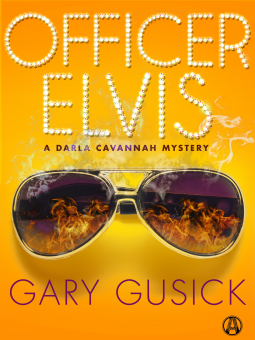

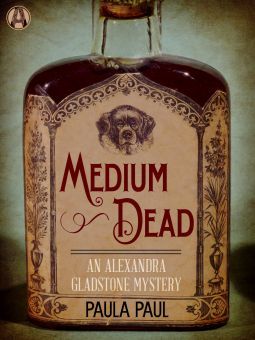
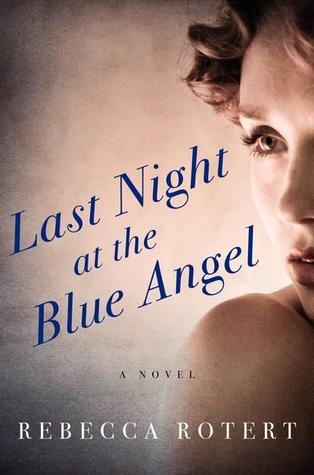
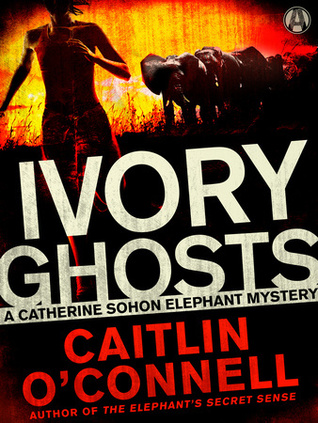


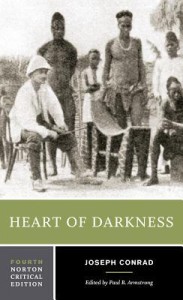 In Ivory Ghosts, Catherine travels into her own personal
In Ivory Ghosts, Catherine travels into her own personal 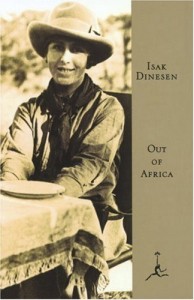
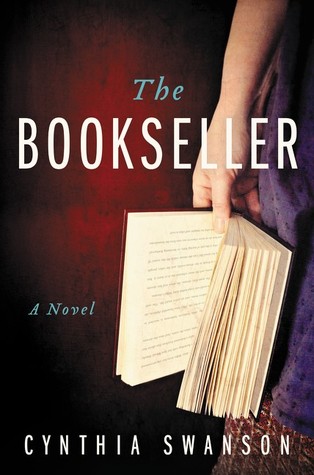
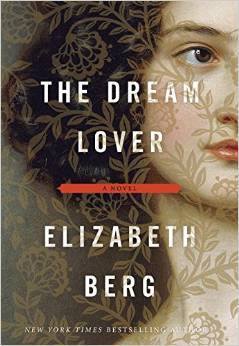
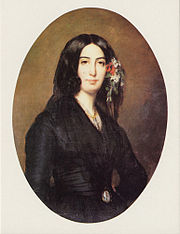


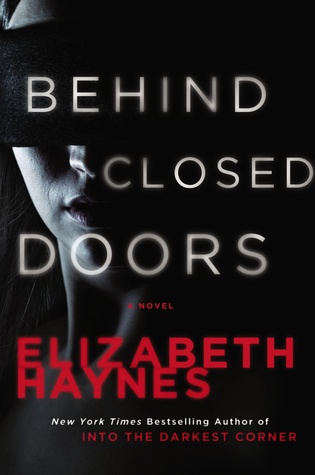
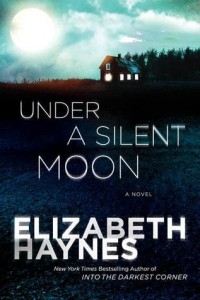 Detective Chief Inspector (DCI) Louisa Smith’s first case as a new DCI was told in
Detective Chief Inspector (DCI) Louisa Smith’s first case as a new DCI was told in 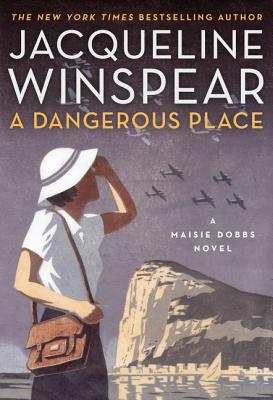
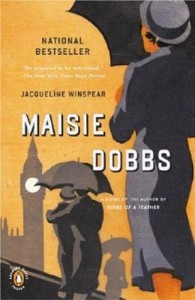 Compared to how much I loved the two other books in the Maisie Dobbs series that I have read, Maisie Dobbs (reviewed
Compared to how much I loved the two other books in the Maisie Dobbs series that I have read, Maisie Dobbs (reviewed 